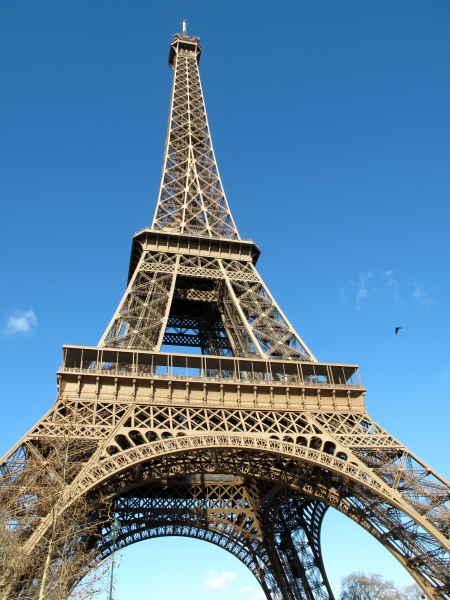Something extraordinary happened last week: the Paris Agreement on climate change became a reality. Fifty-five percent of the world’s countries, and countries responsible for 55% of the world’s greenhouse gas emissions, ratified the accord. The agreement will go into effect on November 4th, far faster than many observers predicted.
There are many reasons to criticize the Paris Agreement: it relies only on countries’ voluntary commitments to reduce their emissions; it has no sanctions if a country fails to comply; the country commitments are not enough to stave off catastrophic warming; the agreement to keep temperature increases below 2 degrees centigrade seems impossible to meet.

And yet, the Paris Agreement is a miracle. Under conventional reasoning, it shouldn’t happen. The list of obstacles to achieve the agreement of 197 countries around the world to reduce greenhouse gas emissions is almost too long to contemplate. Here are a few of the reasons why the problem of reducing greenhouse gases is so hard to solve:
- Greenhouse gases are extremely long-lived, with some of them lasting in the atmosphere for a thousand years or more. That means that much of the harm from climate change—though by no means all—is already baked into the system because gases emitted decades ago still remain in the atmosphere. So our efforts to solve climate change today are really about trying not to make the problem worse decades into the future, as opposed to trying to solve the problem to benefit us now.
- Related to the first point, the worst effects of climate change will be felt not today but in the future. Yet political leaders must ask their constituents to solve a problem—through massive changes in our energy system that are likely to be quite expensive—that will largely benefit people who are not yet born.
- On a day-to-day basis, we rarely see the direct and negative effects that climate change will bring (although floods, drought, heatwaves, superstorms, hurricanes, glacial melt, and rising seas are all increasingly visible, but even then the connection between the greenhouse gases and these effects isn’t visible in the way that, say, air pollution is).
- The developed world, including and especially the United States, has seen tremendous economic growth through the use of fossil fuels—electricity, advanced transportation, industrial production, improvements in public health and refrigeration were all made possible through cheap and reliable energy. We achieved these benefits without having to pay for the damage fossil fuels have wrought on the global atmosphere. Yet we must now ask developing countries—whose emissions are far outpacing the developed world’s—to shift away from cheap and abundant fossil fuels even as these countries are beginning to reap the benefits of economic development, including lifting literally billions out of poverty, fueled by coal, oil, and natural gas.
- On top of all these problems, we have no binding, centralized government that can issue an edict to solve the problem. We know how difficult it is for a single country to solve an obvious environmental problem that is largely confined to inside its own borders—witness the air pollution that chokes many of the world’s major cities in China, India, Indonesia, and elsewhere. Climate change can’t be solved by a single government but instead requires the cooperation of the global community.
For all of these reasons—and more—social scientists call climate change a “super-wicked problem.” We all know that we would benefit from an agreement to solve the problem and yet the incentives for each country not to act are almost overwhelming.
But we have an agreement. Through an extraordinary process, the countries of the world came together last December and adopted an agreement that, while not perfect, makes real progress. It commits the globe’s largest emitters to take real steps to reduce emissions. It contains mechanisms for transparency. It provides financing for the most vulnerable countries to adapt. And it sets the stage for even more ambitious reductions in emissions over the next few years. Now it will be implemented on a schedule that is actually faster than many believed possible. We should celebrate the miracle and then get to work to make it happen.
